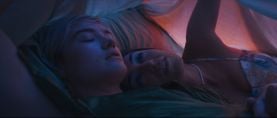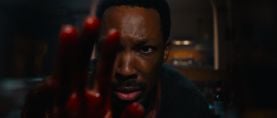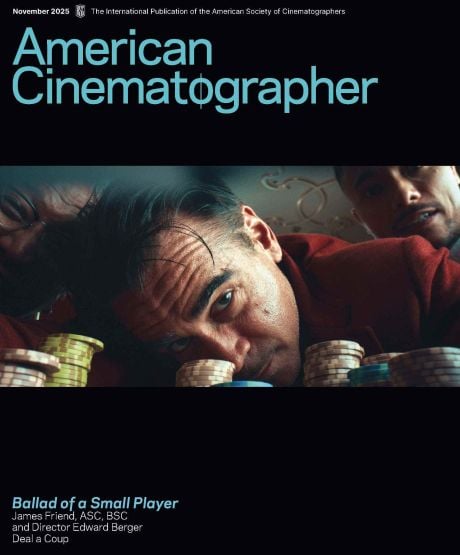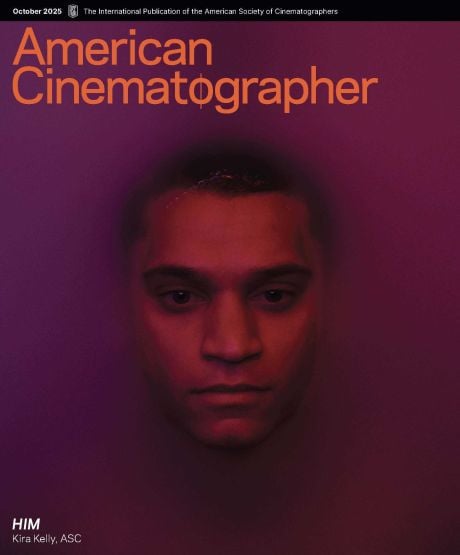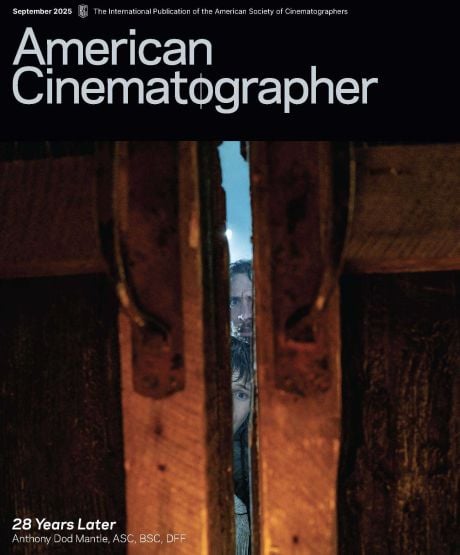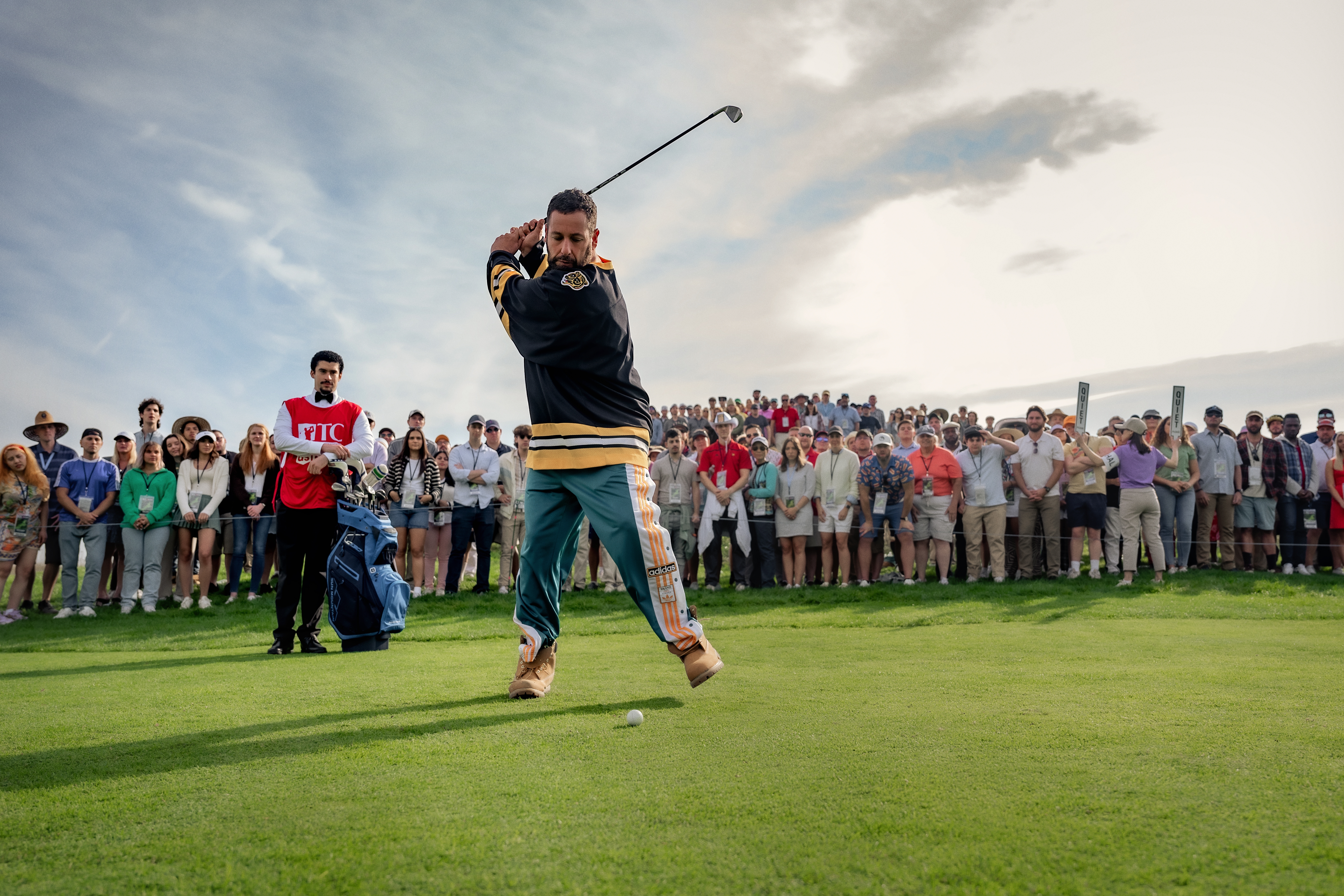
Shooting Happy Gilmore 2: A Cinematographer’s First Swing at Comedy
The film's director of photography details how he approached a new genre for the first time in his career, sharing a look at the color process and a lighting plot for a key scene.
Happy Gilmore 2 marked my first experience shooting a full-blown comedy, and admittedly, I stepped onto the set with a healthy dose of uncertainty. My previous work was deeply rooted in dramatic storytelling, where the visual language often carries a different weight. Comedy, I quickly realized, dances to its own rhythm — not only in the performances and pacing, but visually, as well. I found myself asking, "What should a modern take on Happy Gilmore even look like?" The answer didn't present itself immediately — it required some exploration.

In prep, I turned to recent films for inspiration and found something striking in Barbie, shot by Rodrigo Prieto, ASC, AMC. While visually distinct from Happy Gilmore 2, Prieto's cinematography reminded me that, above all, every film is a journey. Why should comedy be treated any differently? With this in mind, director Kyle Newacheck and I closely collaborated to craft a visual language that mirrored Happy's emotional and comedic arc. The camera starts loose, handheld and grounded, capturing a raw sense of intimacy and realism. As Happy re-enters the arena of competitive golf, the cinematography evolves dramatically, ultimately culminating in the vibrant, stylized spectacle of an upstart golf league called Maxi Golf. For this stretch of the film, our camerawork transitions to smoother moves, accentuating the growing tension and higher stakes and the colors become more saturated.
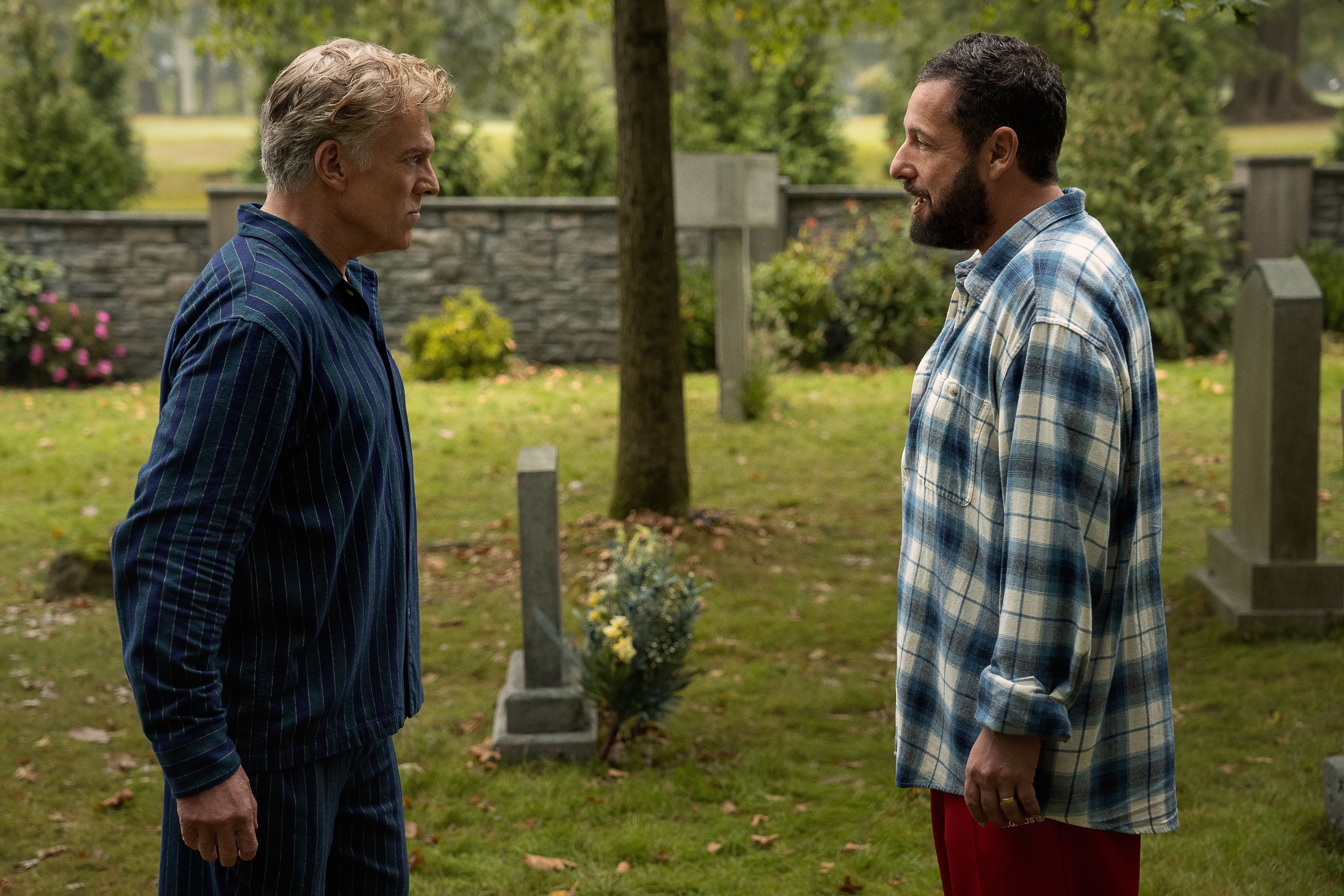
We chose to shoot full-frame on the Sony Venice 2, which was paired with Arri Signature Primes. Although these lenses offer a sharper aesthetic than I typically gravitate toward, that clarity was precisely what we needed to capture a heightened feeling. Their deep, rich blacks and vivid highlights emphasized the vibrant colors, elevating the visual humor and complementing the story’s exuberance. Shooting full-frame allowed us to capture intimate close-ups using wide lenses, rendering faces naturally and grounding the comedy. One particularly exciting addition to our toolkit was the Fujinon Duvo 25mm-1000mm zoom lens, equipped with a 1.5x extender and provided by TCS in New York. It’s a marvel of engineering: stabilized, with full-frame coverage and perfect for tracking golf balls soaring across skies.
Of course, we paid direct homage to the original Happy Gilmore, weaving visual and structural nods throughout. Recreating the iconic "Happy Place" sequence was particularly rewarding. We studied the lighting and framing from the original film, matching them as closely as possible. Our visual-effects team skillfully integrated contemporary Happy and Virginia into background plates created from original footage, carefully stitching new moments into the nostalgia of the original film. We rescanned all the flashback footage from the first Happy Gilmore, grading it anew in HDR. Our intention was to faithfully honor the beloved original’s color palette and texture, subtly adapting it to modern standards. The final result, I believe, is both respectful of its predecessor and fresh for new audiences.
Dance in the Downpour: Lighting the Hospital Exterior
One of the most memorable nights of the shoot was for the hospital rain sequence. This was our Shawshank moment, only twisted through the lens of Happy Gilmore. The scene takes place during a thunderstorm outside an institution. Shooter McGavin (played by Christopher McDonald) breaks into a surreal little dance in the downpour — an unhinged, glorious moment of freedom, or madness, depending on how you read it.
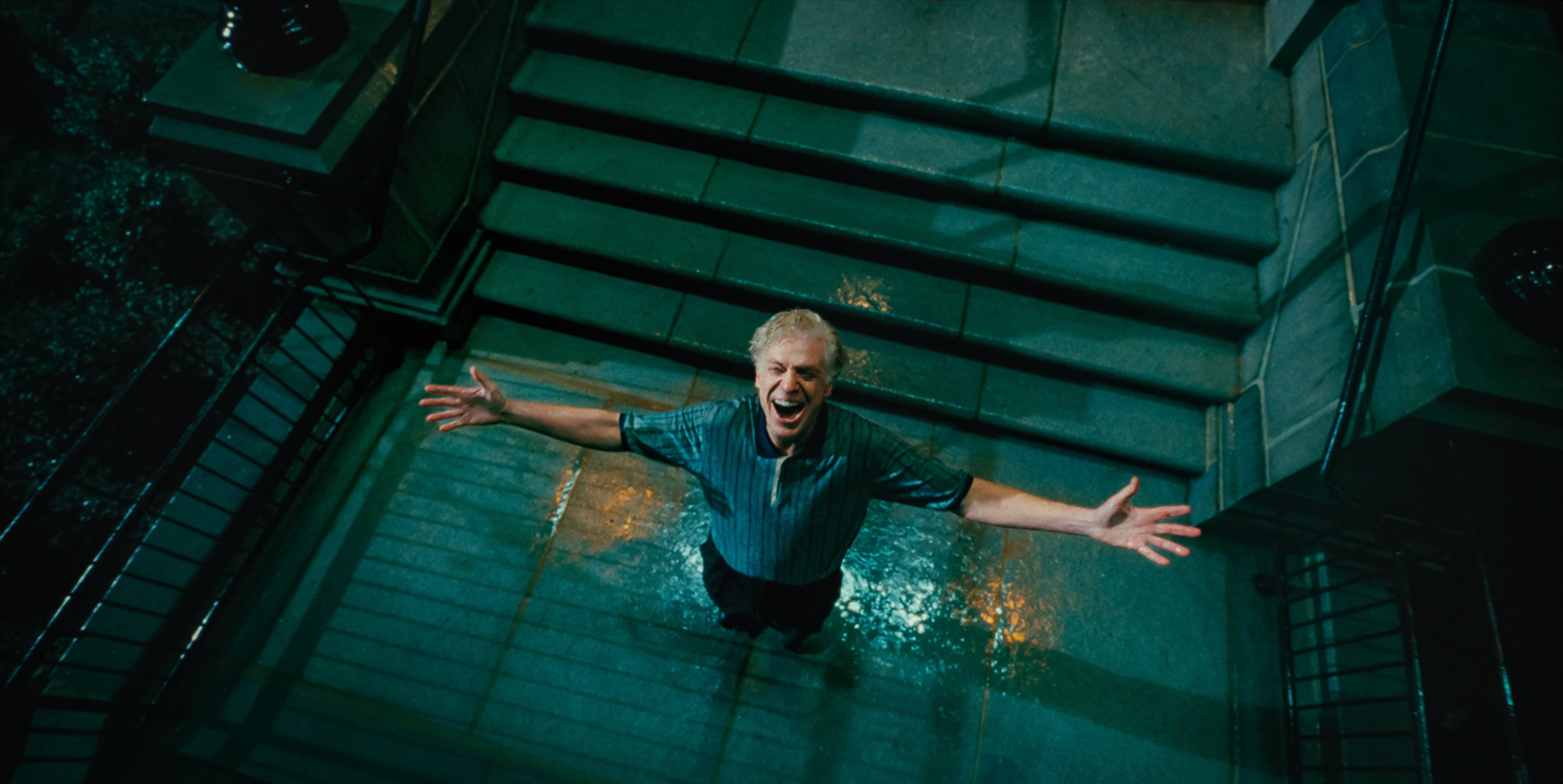
We wanted the scene to lean into the absurdity while giving it real visual weight. So, we treated the hospital like a gothic cathedral. It was a massive night exterior, and we went all in: rain towers, lightning strikes, 50' Technocrane, and a color palette of sodium mixed with white lightning to add color contrast.
Visually, we wanted the storm to feel theatrical, almost operatic. The hospital itself became a character. I used a 15mm lens low and close, to emphasize the imposing, Kafkaesque structure. We rigged a cantilevered truss system with underslung Creamsource Vortex8s across the rooftop, and used a mix of Vortex4s for uplight and accents across the façade. Lightning Strikes units provided the thunderclaps of light, timed to emotional beats, while Arri Skypanel X23s helped bring shape to the flicker. It was a complex build, but beautifully executed by our gaffer Steven Ramsey and our grip team led by Charlie Marroquin, both of whom brought real precision and grace to a night full of (controlled) chaos. See our lighting plot for the scene below:

Grading the Green
Color was fundamental to shaping the visual language and emotional tone of Happy Gilmore 2. Early on, LUT development was key. I collaborated closely with my longtime colorist, Seth Ricart at RCO. Together, we crafted a vibrant look that embraced heightened saturation without losing touch with reality. The goal was to vividly represent every shade of green you might encounter on a golf course — deep roughs, smooth fairways and the subtle variations in between — while also ensuring that skies appeared dynamic and wardrobe had a playful, engaging quality. Balancing that heightened aesthetic with believable, naturalistic skin tones became our primary visual challenge and ultimately, our proudest achievement.
To make this ambitious color work possible, we turned to Batch, an automated rotoscoping service that Seth and I developed following our collaboration on Hustle. Batch automates the work of separating people from their backgrounds, providing detailed, color-grade quality mattes and depth maps for every shot. Instead of manual rotoscoping, which can be expensive and time consuming, Batch pre-processes mattes and depth maps to deliver precise isolation of subjects from their environments.
We took advantage of Batch mattes to subtly add depth to the majority of our frames by lifting the black level just a bit behind our actors. The mattes separated the people in frame so only the background got the black lift. A combo of depth maps and mattes were also used to bring blue back into skies where it washed out. Normally, this is something we would send off to the VFX team, but with our new ability to isolate people, we could accomplish much of that work in the grade. The platform also made the task of brightening or darkening someone in any frame a quicker and simpler adjustment. This workflow represented a paradigm shift for our grading process: Seth and I could remain fully focused on the storytelling impact of each shot’s color choices, without getting bogged down with rendering, tracking or messy AI-roto tools.
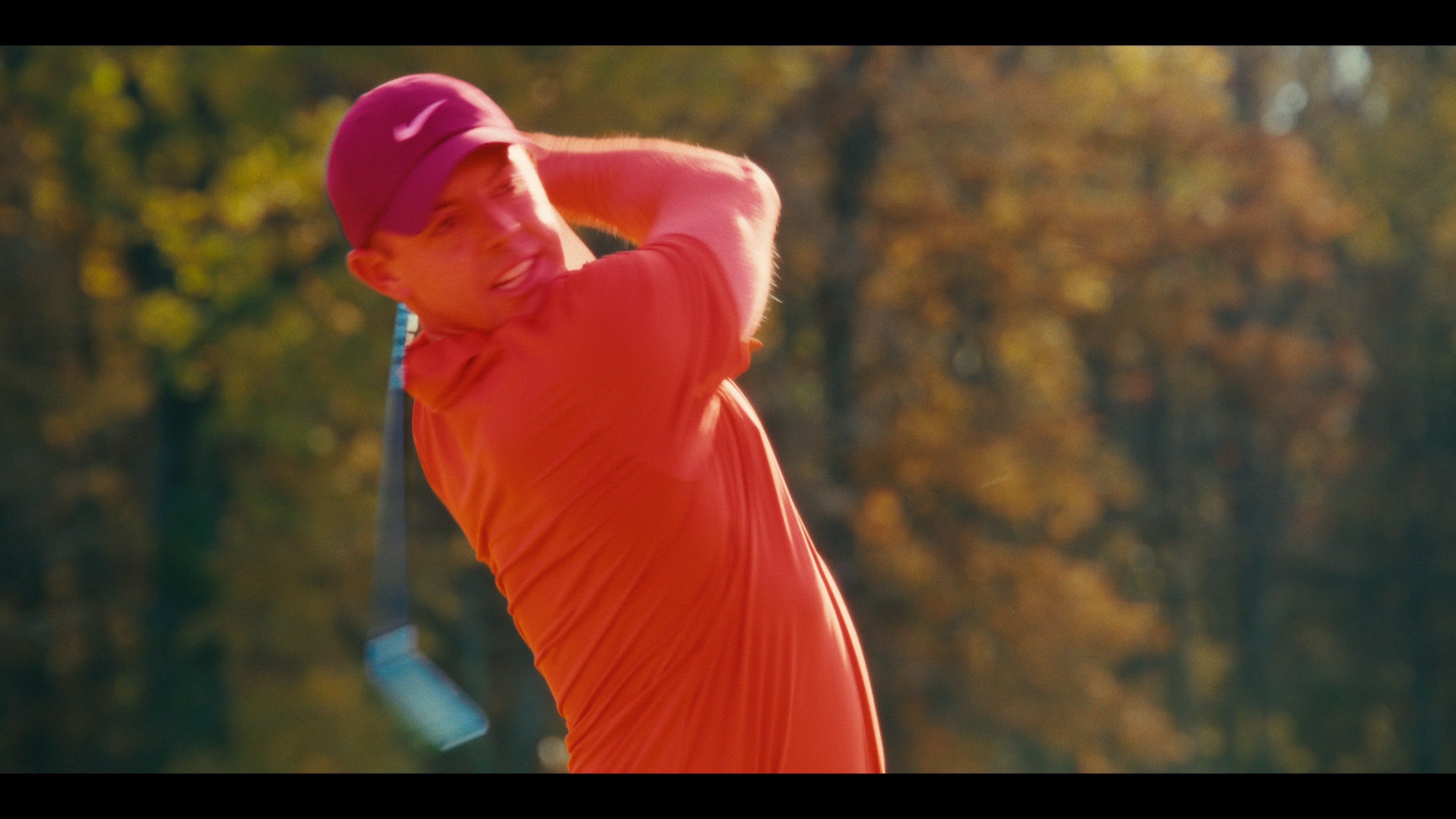
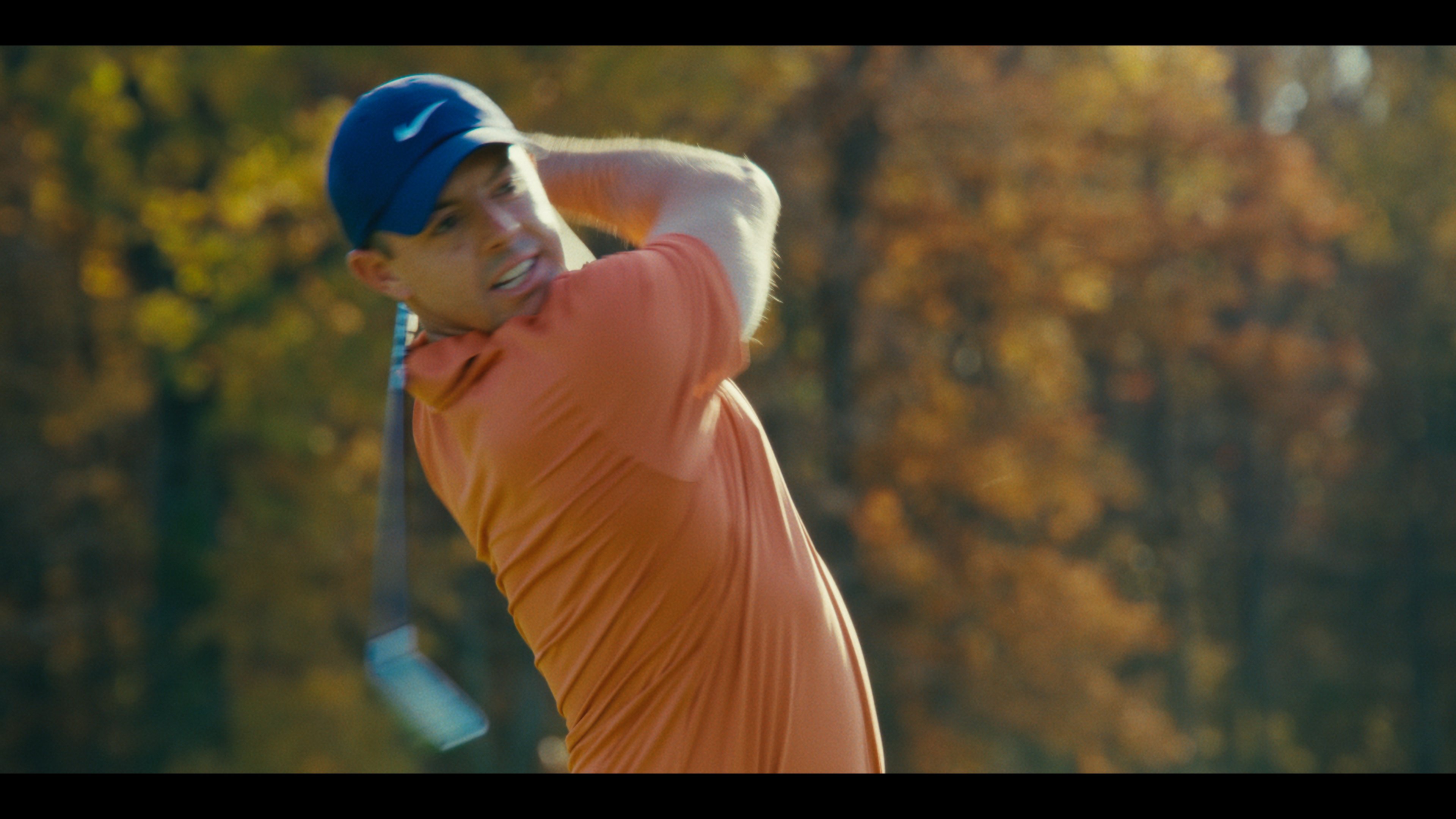
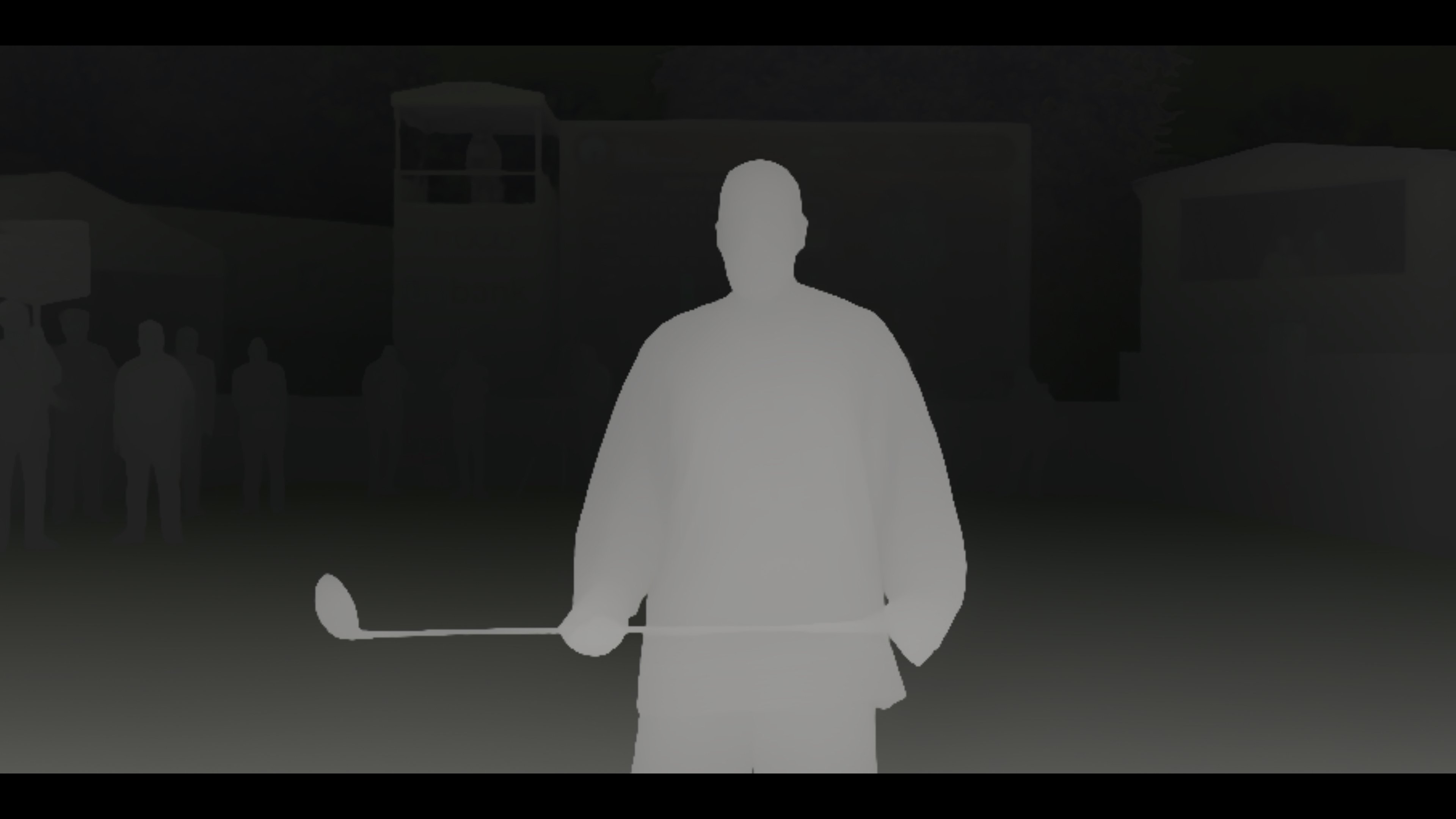
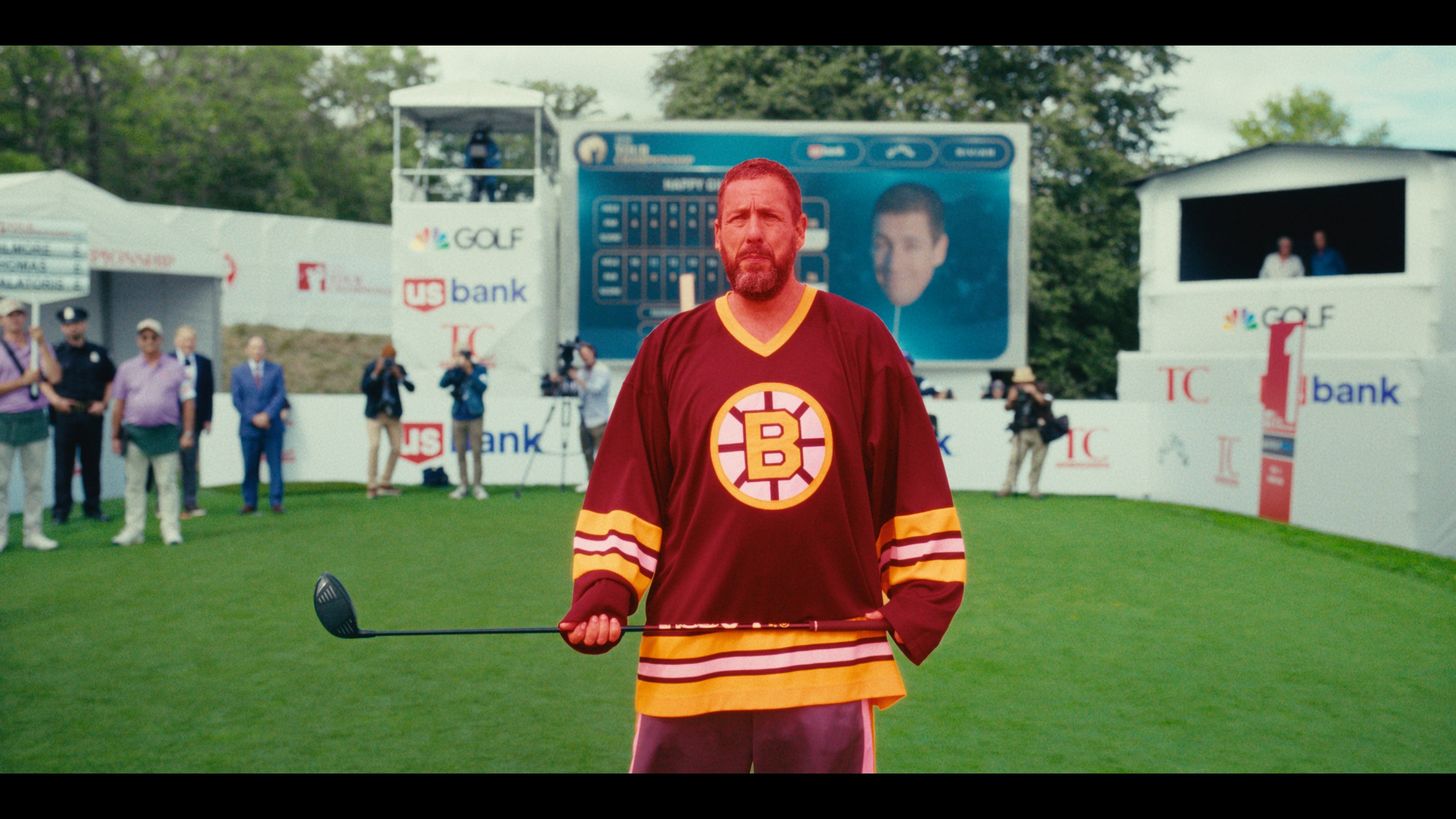
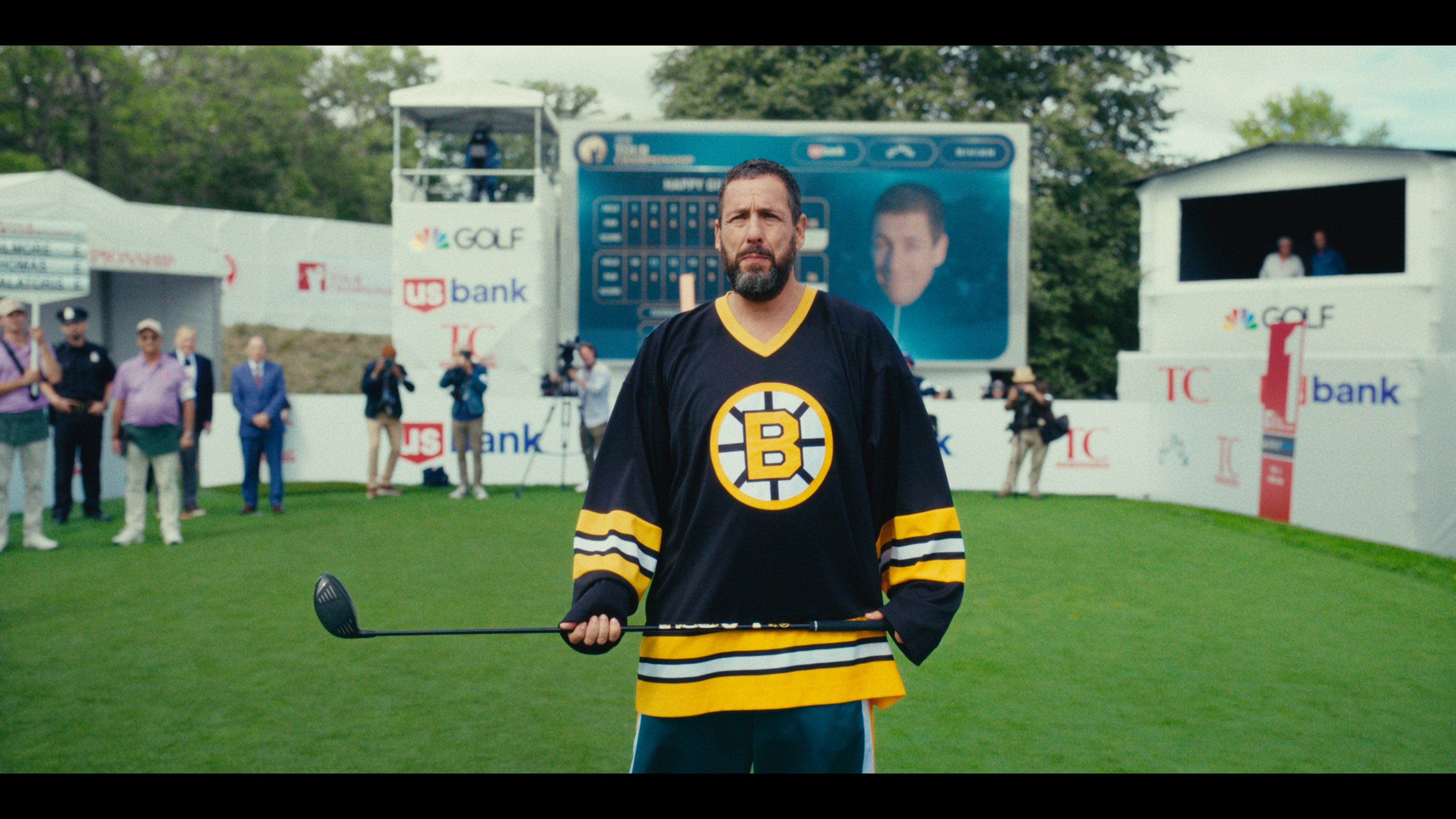
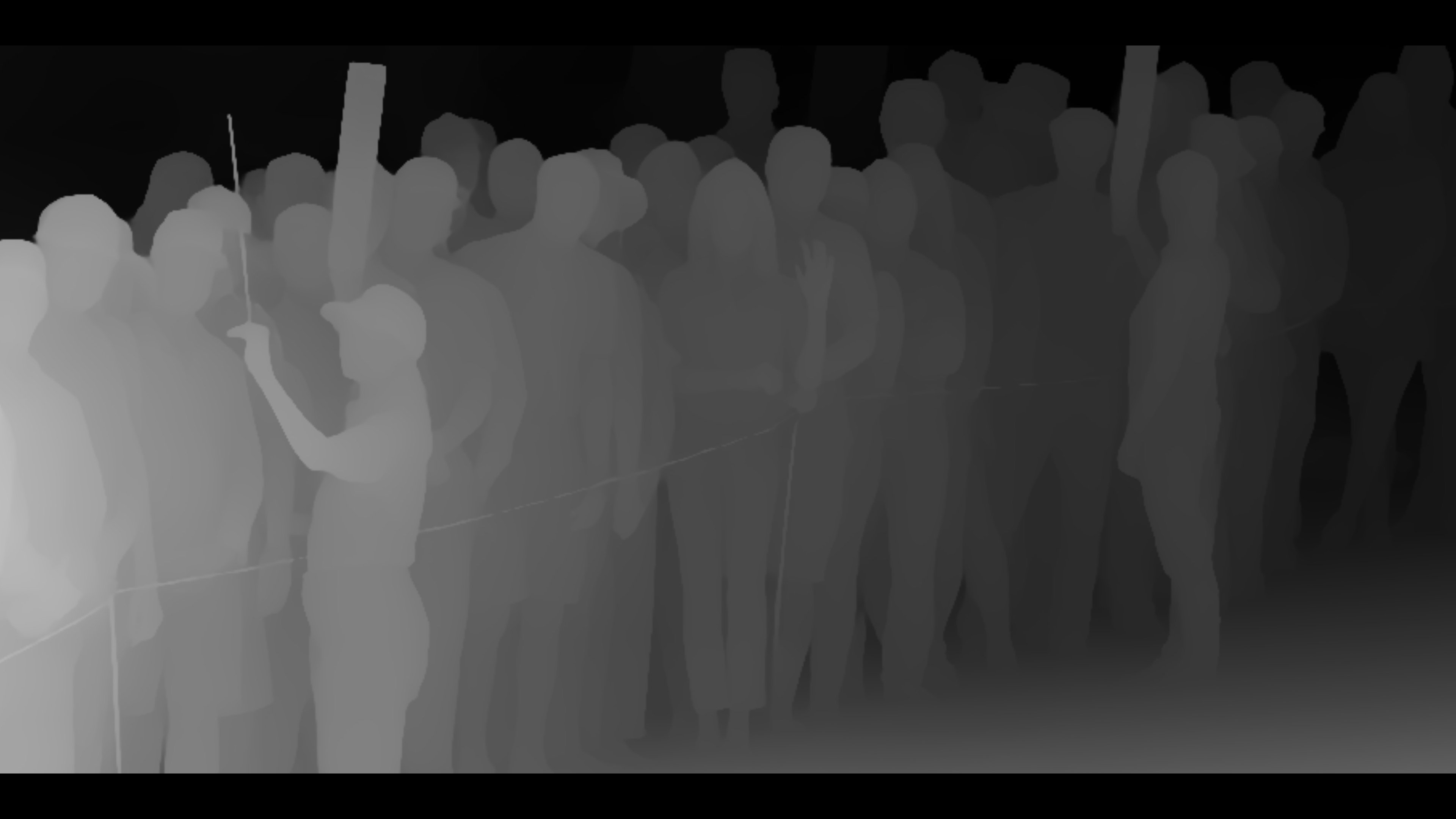
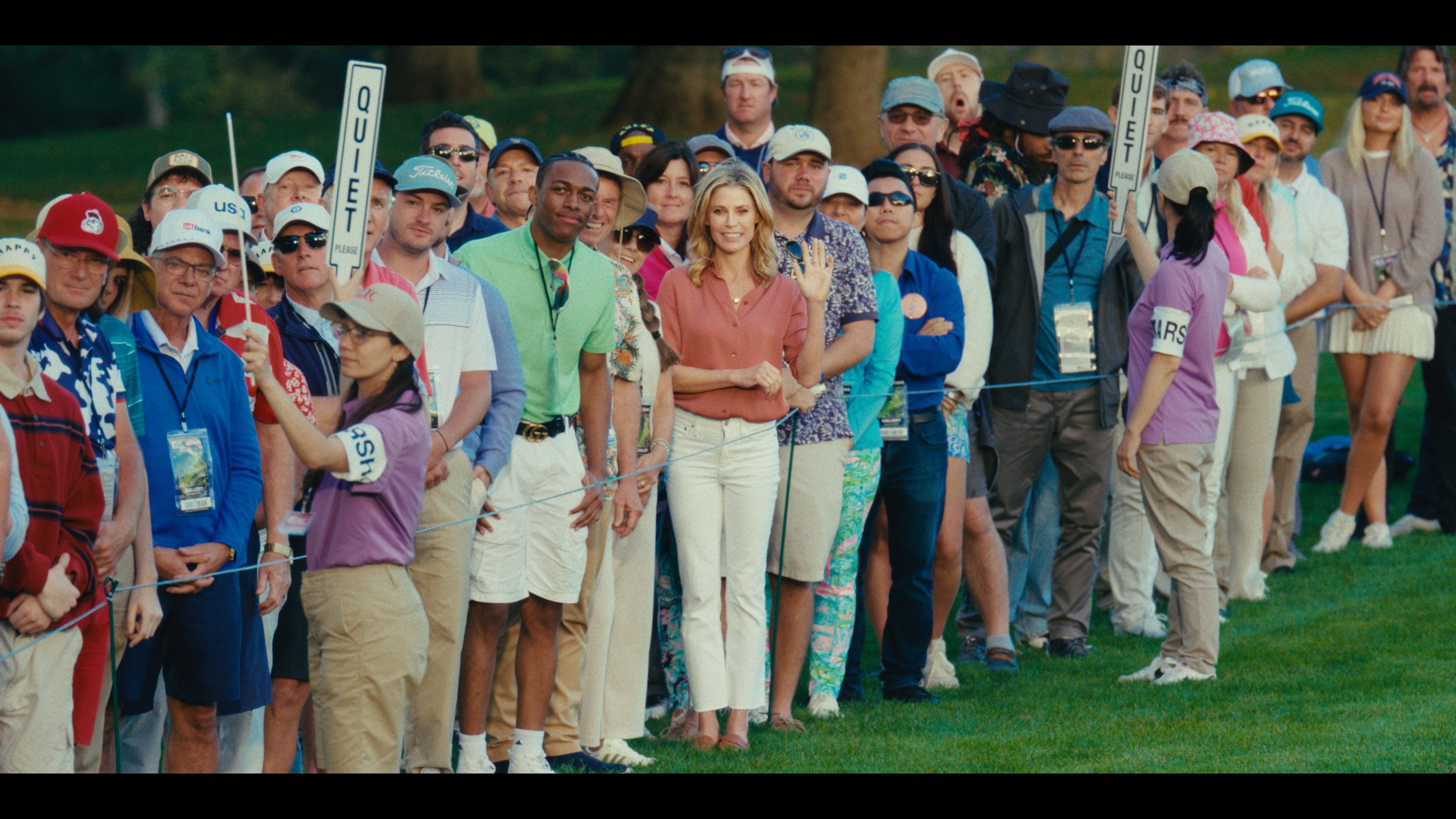
Serving the Story First
Collaboration is everything. Comedy needs room for improvisation, and actors thrive when the crew stays loose and adaptable. Sports sequences demand preparation. Camera placement and choreography require careful planning, but if you stay organized, you can pivot quickly when the unexpected happens.
Comedy cinematography is storytelling through images, with every joke having a setup and payoff like any other scene. Often, the camera stays out of the way, not calling attention to itself, but sometimes it participates by revealing or withholding information at just the right moment. Whether you're working in this genre or any other, be flexible, stay prepared and serve your story first.
Happy Gilmore 2 is now available to stream on Netflix. All images courtesy of Netflix and the filmmakers.
